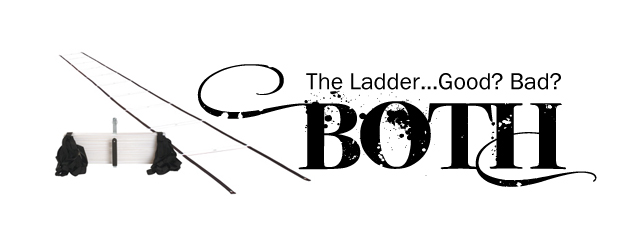
Regardless of the client or athlete I’m training, a proper dynamic warm up will always be included in the training session for the day. I feel that a good warm up will help with injury prevention and prepare the body for the rest of the workout. Mobility drills, activation exercises, stability training, and movements to help increase the heart rate make up the majority of the routine.
One tool I use on occasion to help increase heart rate and challenge footwork and coordination is the “agility” or “speed” ladder. Fitness equipment providers like elitefts™ have different ladders to choose from if you're looking to get your own. If your budget is tight, simply grab some electrical tape and tape out some boxes on the floor.
The ladder's benefits include:
- Multiplanar coordination
- Increased heart rate and blood flow throughout the body
- Increased mind-body connection (helps to get us focused)
All these are key benefits to incorporate into a proper warm-up routine. Notice that I didn’t say the ladder is great for increasing your agility or speed. Despite the popular terms used to describe the ladder, I think they're a bit misleading. I prefer effective body weight drills and movements as well as strength training to improve an athlete’s agility and speed.
Problem
The biggest issue I have with the ladder is the body position it puts you in, specifically your head. This clip below will further explain the issue. In the indoor shots in the video, I didn't give my two MMA athletes any cues prior to these ladder drills. I simply told them to move laterally and put both feet in each box. Yes, they're fast, but notice their head position—their eyes are looking straight down. I don’t know about you, but if I’m an MMA athlete, I think I’d rather keep my eyes up on my opponent. That holds true for all sports. If you're a football player or basketball player, you want to be looking down field or court, respectively. You want to see the playing field in front of you in order to make the best play possible. Looking down at your feet worrying about tripping isn't an athletic position.
Solution
Having said that, I still like to incorporate the ladder occasionally for the benefits listed at the beginning of the article. In order to remedy the “head position” issue, I use a couple different strategies that you see in the video clip. Again, I didn't give the athletes any cues here nor did I tell them why I was filming their ladder drills. I wanted to see if these strategies would work without them knowing what I was trying to accomplish. By the looks of the clip, it does.
The outdoor shots just show you a larger group of individuals performing a variety of ladder drills. When I use the ladder, I typically include ten to twelve drills that will cover all three planes of motions—sagittal, frontal, and transverse. This should only take two to three minutes to complete. Some movements include the “solutions” I mentioned above and some don't. I switched it up on the athletes intentionally so that you could get another look at their head positioning. In this outdoor session, the athletes performed a number of additional drills. You can still play catch or have them call out a number regardless of the drill they're performing.
1. Play catch: Using any ball (I used a tennis ball and a stability ball), simply play catch with the athlete while he performs the ladder drill of choice. This will force him to keep his head up and also work on eye-hand coordination at the same time.
2. Hand gestures: If you don’t have a ball at your disposal, put your hand up and flash different numbers while the athlete performs the drill. Have him yell out the number. Keep changing it up to keep him “on his toes” so to speak.
At the end of the day, your body alone is all you need to accomplish a number of your fitness goals. I love fitness equipment, toys, and gadgets as much as the next guy and I feel they're a nice complement to body weight training. I think it’s important to have many “tools in your toolbox.”
Ladder drills should be included in the dynamic warm up phase of a complete strength and conditioning program on occasion to change things up and keep it fresh. Just be sure to use proper form and don’t stare down at your feet. You have the same shoes on that you had when you started your workout.









